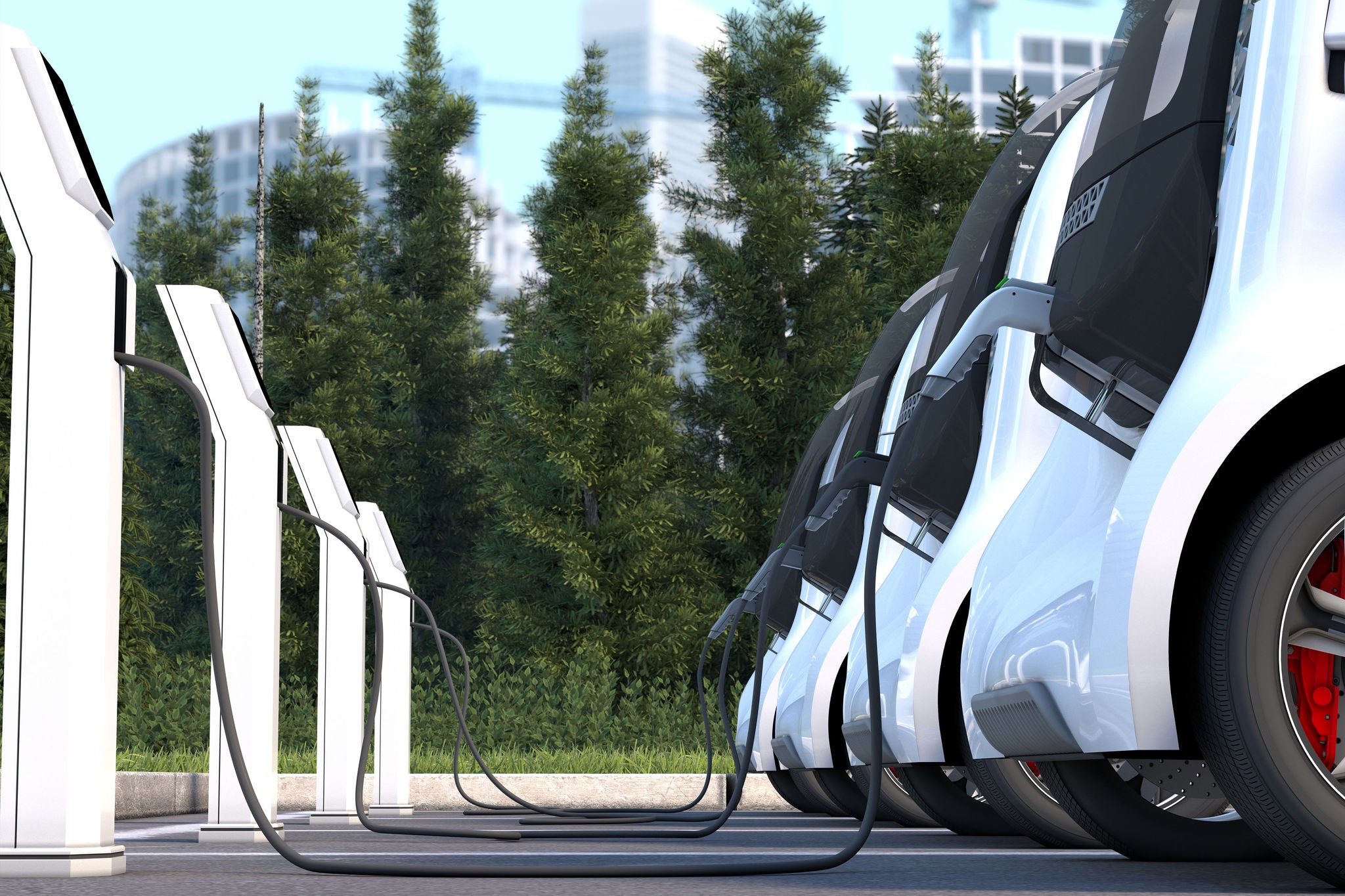The race to make electric vehicles (EVs) the primary mode of transportation for Americans has run into a few speedbumps.
In 2021, the Biden administration announced an ambitious goal: by the year 2030, half of all vehicles sold in the US should be electric vehicles (EVs).¹ However, in March, the U.S. Environmental Protection Agency (EPA) adjusted this target slightly in response to feedback. Acknowledging the automotive industry and unions’ worries about the original tight timeline, the EPA unveiled its most stringent tailpipe emission standards yet — but for vehicles that will be sold from 2027 to 2032. These revised regulations aim to provide manufacturers with additional time to increase EV sales.²
While the automotive industry has its concerns about EVs, consumers worry about affordability, financing options and whether there is adequate charging infrastructure to reliably support their transportation needs. The result of all this consternation is a lot of uncertainty about the future of the EV market.
Sales of mass-market, plug-in electric vehicles (PEVs) in the United States commenced toward the end of 2010 with only a few available models. As the variety of plug-in models expanded and production volumes rose, so did the sales.
- After nearly eight years, cumulative PEV sales reached one million, and it took only 2 ½ years to double that figure, according to a study by the Joint Office of Energy and Transportation and the U.S. Department of Energy’s (DOE) Vehicle Technologies Office.³
- In the first quarter of 2024, EV and hybrid sales amounted to 18% of US light duty vehicle sales, according to EY research. For 2023, Americans bought one million fully electric vehicles, a new record, according to a report from the White House.⁴
The takeaway is that there is data demonstrating substantial growth in the US plug-in electric vehicle (PEV) market since 2010. This growth, not only recorded in sales but also in the variety and capabilities of the PEVs, has been rapid and steady. Furthermore, improvements in their electric driving range and maximum charging capacity have markedly increased recently.
With that as a backdrop, let’s take a look at some of the common concerns people have about EVs and see what the actual data points reveal about each hypothesis:






